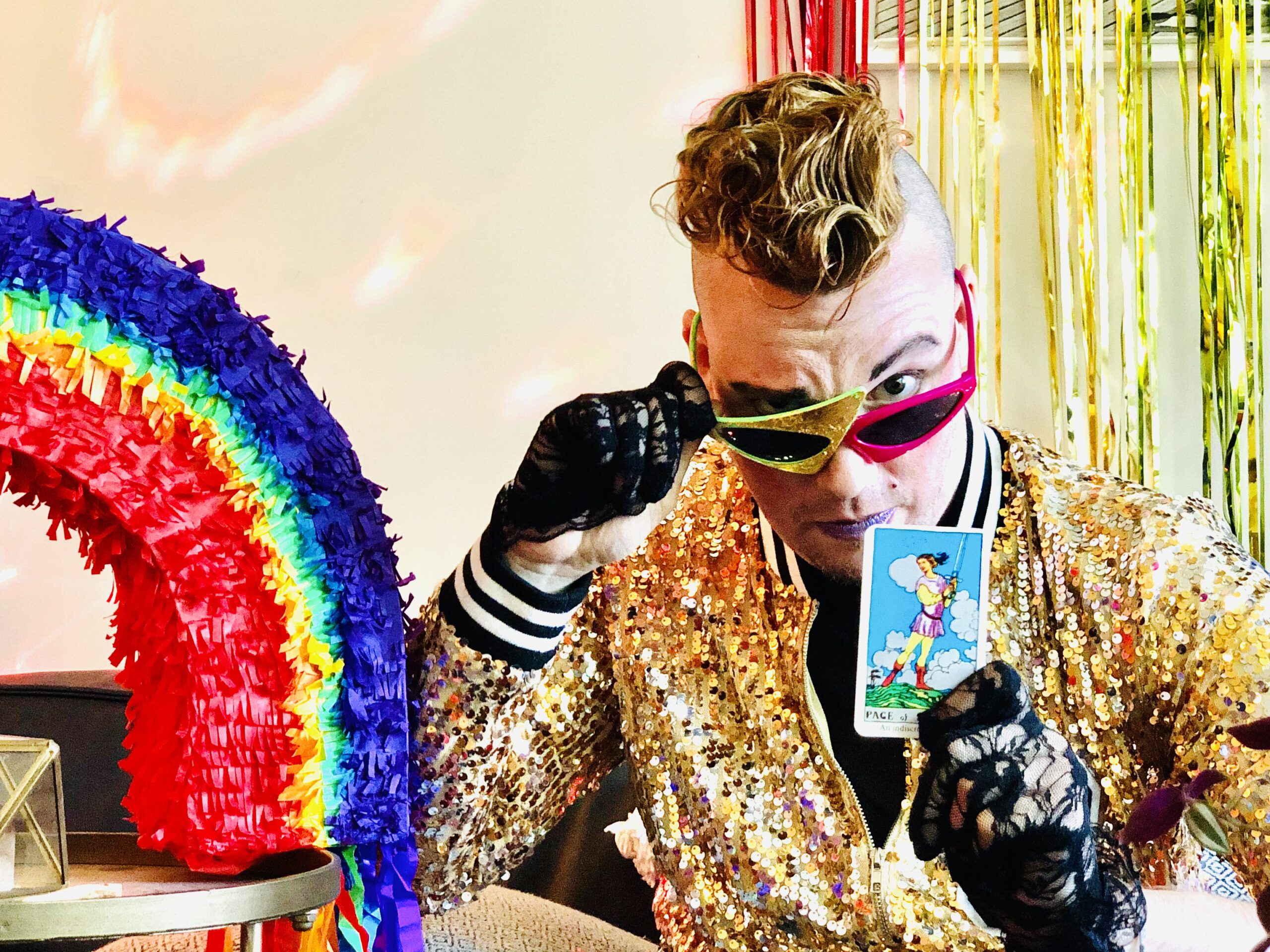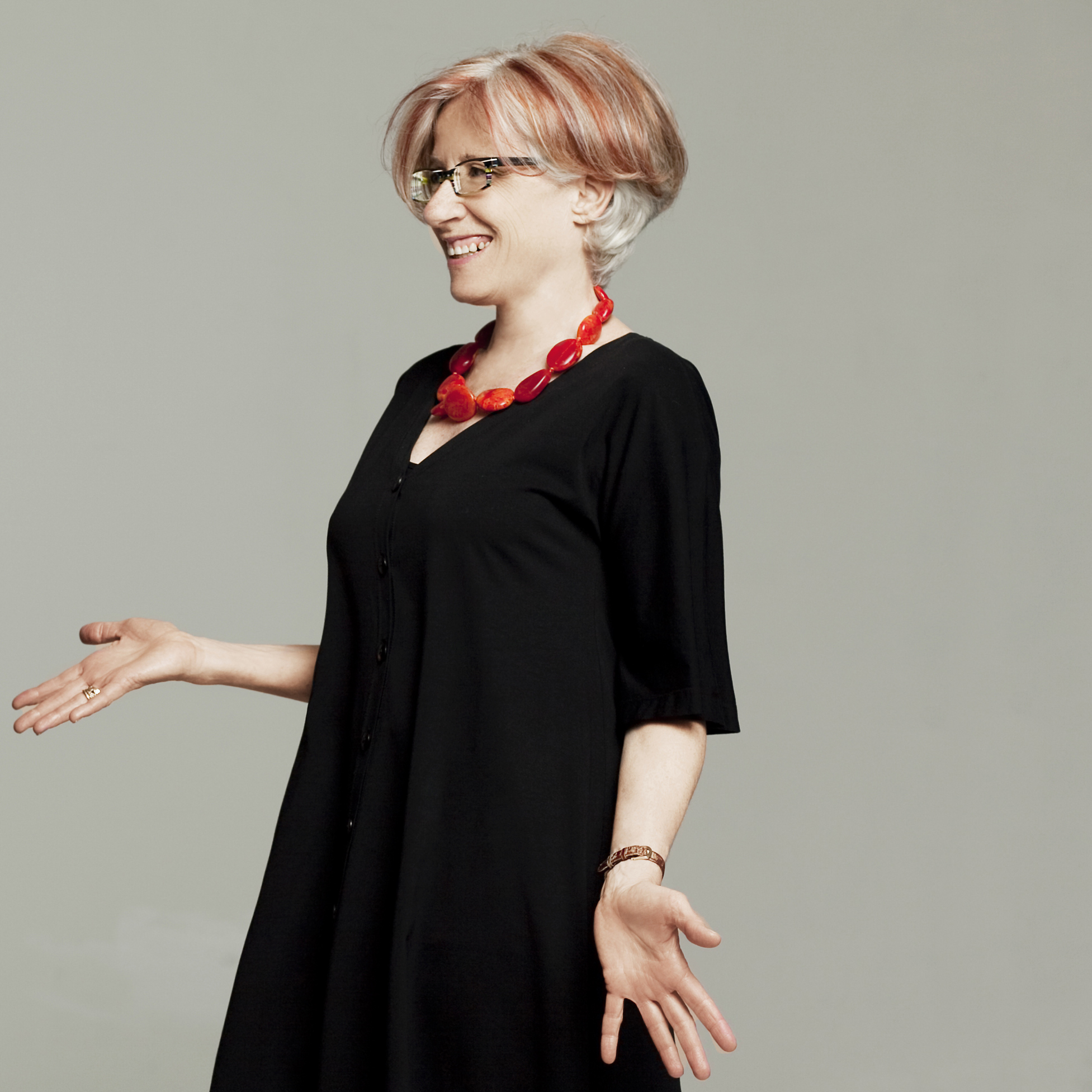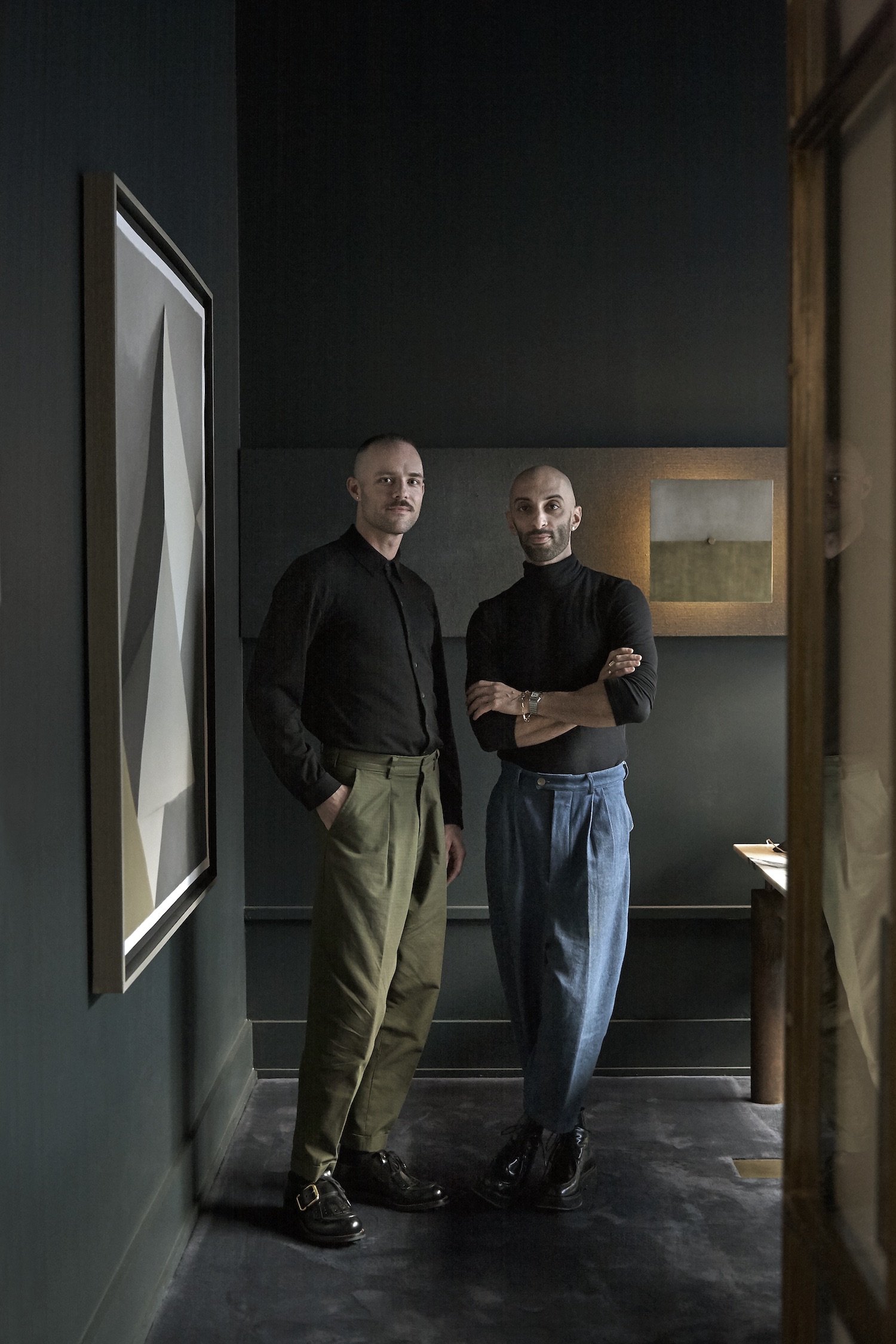
June 29, 2020
Queer Spaces: LGBTQ Voices and Resources for Architects and Designers
As Pride month draws to a close, Metropolis offers some perspectives and readings to help design professionals incorporate LGBTQ perspectives into their thinking and practice.
Every year, the LGBTQ+ community in the United States, and in many other places around the world, celebrates the month of June as Pride month. Usually anchored by Pride parades, the month consists of marches, parties, protests, rallies, and other gatherings to highlight the experiences of people who identify across the spectrum of genders and sexual orientations.
Gatherings of the scale that usually mark Pride have been difficult to pull together this year because of the COVID-19 pandemic. And while protests and demonstrations for Black Lives Matter continue across the United States, LGBTQ+ organizations are drawing attention to the tragically widespread killing of trans people—the Human Rights Campaign reports 16 such killings in 2020 alone, with two black trans women, Riah Milton in Ohio and Dominique “Rem’Mie” Fells in Pennsylvania, being killed this month. Both events make it clear that the struggle for LGBTQ+ rights and lives is deeply connected with other forms of inequity and injustice in society.
So as this unusual Pride month draws to a close, Metropolis caught up with some leaders in architecture and design, and put together resources for those who wish to educate themselves further on topics that concern the community. We hope this helps you all reflect on your professional practice and how it can better reflect and improve the lives of people.

“What! No sanctioned Pride Parade this year!
After 50 years of twirling in public, it’s hard to imagine a celebration without all the pomp, pumps, and party atmosphere. Over the decades, I’ve marched to support HIV/AIDS funding; to raise awareness against LGBTQ+ discrimination and bigotry; to increase our voice in the design community; and to advocate for equal rights and the right to marry—so I’m not letting a pandemic stop me from being heard.
Yes, we’ve gained ground in legislative decisions and societal acceptance. Even being asked by a major design magazine to comment on this topic would have been unimaginable 30 years ago. Though we were successfully practicing as architects and designers, we were without a voice.
I will continue to be a loud and proud activist, especially this month, whether it’s on the street in my rainbow mask or virtually protesting. The design community is giving us a platform from which we, as leaders of companies, media outlets, and associations, can now stand strong with straight allies and fight off LGBTQ+ hate crimes, systemic racism, bigotry, pandemics, and indifferent architecture.
Let’s get out there—online and in person, and show our strength and pride…responsibly.”
—Jane Greenwood, managing principal, Kostow Greenwood Architects

INTRODUCTORY READINGS ON QUEER ISSUES:
Queer: A Graphic History
Meg-Jones Barker and Jules Scheele
Icon Books, 2016
Art & Queer Culture
Catherine Lord and Richard Meyer
Phaidon, 2019
Queer x Design: 50 Years of Signs, Symbols, Banners, Logos, and Graphic Art of LGBTQ
Andy Campell
Black Dog & Leventhal, 2019
Read our review here.

“Pride is a celebration, but more importantly it is a call to action.
It’s a reminder that we stand on the shoulders of generations of activists who fought for our rights—we cannot be lulled into complacency. It’s a reminder of the trans women of color who continue to be at the front lines of our fight for liberation. It is a reminder that our fight is for Black Lives and Trans Lives. Pride should be a state of mind, an awareness and a commitment to the work we will all have to do, every day, to bring about change. The change needed to help our community, and to help the communities that share in our fight for equality, for visibility, and for life. This is a time to listen and to act.”
—Gabriel Hendifar, founder, Apparatus

ONLINE READINGS ON TRANS* ARCHITECTURE AND DESIGN:
Trans-Bodies / Queering Spaces
ed. Robert Gorny and Dirk van den Heuvel
Footprint, Issue # 21, Autumn / Winter 2017
Unbuilding Gender: Trans* Anarchitectures In and Beyond the Work of Gordon Matta-Clark
by Jack Halberstam
Places Journal, October 2018
Could the Restroom Become Public Space?
by Joel Sanders and Susan Stryker
Metropolis, April 2017
Designing for a Post-Gender Society
by Suzanne Tick
Metropolis, March 2015

“Following in the wake of COVID-19 and the Black Lives Matter uprisings after the murder of multitudes at the hands of those meant to serve and protect us, this is a Pride month that is certainly like no other.
For me, Pride is about foregrounding our greater need to be able think across differences and about what it truly means to live within a complex and multiplicitous world. As a woman, a lesbian, and a Jew, I expose the invisible parts of my identity at these intersections intentionally so as not to hide behind the privileges that might be granted to me otherwise, to enable me to be better able to empathize with others who do not have the choice of that privilege, and to force others to openly confront their own prejudices. This is my personal and daily commitment to Pride.
Pride has historically been a time for all of us to celebrate our LGBTQ+ identities and lives out in the city—to gather in the most public of urban spaces, as an expression of freedom. HRC statistics on the lives of LGBTQ+ people have revealed that close to 50% claim to still be closeted in the workplace because of fear of discrimination or being fired, a shockingly high number in a country that (at least in the pre-Trump era) was thought to be progressive. In more than half of American states, LGBTQ+ architects could still be legally barred from living in dwellings they might have designed. And this is the year 2020.
The recent Supreme Court ruling that protects homosexual and transgender people from discrimination in the workplace by including us under the protections of Title VII and the 1964 Civil Rights Act is a momentous gain for the community. Yet there is still so much more to do, and Pride has been a time for everyone to both celebrate and amplify the activism that has led to these gains.
The rendering public of the private sphere, and the making visible of the invisible—a strategic form of inversion employed to recenter marginalized identities, is simultaneously a personal and collective cathartic act as well as an act of protest. The phrase “taking to the streets” makes clear the symbolic significance of the public realm for those who have historically been denied it, whether because of gender, sexuality, race, or ethnicity. It brings into focus the fact that the public sphere has never been truly public because it has always been delimited by patriarchal social norms that have excluded LGBTQ+ people, by defining in advance those who have been given the rights to occupy it openly, and those who have not. The metropolis is one of the greatest social condensers of our time and embodied within it is the value of sharing space with others. Without the space of the city and our physical presence, this year’s Pride will no doubt be very different, but perhaps a virtual Pride will enable us to cross borders and reach areas that we haven’t been able to previously. Pride for me is the place where love truly crosses all boundaries and leads to a more equitable and just world, which is why I have always appreciated Cornel West’s quote: “Justice is what love looks like in public.” That to me is Pride.”
—Ila Berman, dean, University of Virginia School of Architecture

METROPOLIS ON LGBTQ DESIGN:
‘Queer Eye’ Host Bobby Berk on the Transformative Power of Design
The interior expert of the new Netflix reboot opens up about his journey as a designer, his experiences on the show, and the possibility of a second season.
Horace Gifford’s “Architecture of Seduction” Is a Portal to a Lost Generation
The beach house might seem an unlikely vehicle for social change, but Gifford’s little homes exerted a considerable influence upon their inhabitants.
VIDEO: Participatory Design Revitalizes Harvey Milk Plaza
Honoring the LGBT activist, the participatory design project went above and beyond to include input from citizens.
This New Hollywood Landmark Is Best Understood Inside Out
The Los Angeles LGBT Center packs heart and soul into its secondary spaces—on a nonprofit budget.

“Our movement is humanity’s movement, born out of bravery and a willingness to stand up and fight for justice.
After 50 years, we are reminded again that we have so much further to go; it will be frightening, confusing, uncomfortable, and even dangerous. But as we said 30 years ago during the AIDS crisis, silence is not an option. This year, Pride is a call to action for everyone. To be proud is to act up and fight for our future.
I grew up in a place where there were no parades for being gay. I consistently met intolerance, bigotry, and even physical assault for trying to be proud. I grew up believing I couldn’t have love and a family of my own. Today, I’m legally married and just adopted my first child. Now, I wonder: What will my daughter grow up to believe she can’t do? Why does any child grow up made to feel less than, taught to live in fear. We still live in this world. To change it, I believe we must share our painful moments, to make them visible and real for the world to see, and to continue to be loud and proud.
I’ve been chased, thrown against a wall, called a dirty faggot, and punched in the stomach for proudly displaying a human rights campaign sticker on my car. I’ve been openly denied housing because I wanted to live with my boyfriend. Until a few days ago, I wasn’t protected from being fired in over half of this country for simply being who I am. This year I take pride in all the hard work we have yet to do. The past and present have taught us that our future will never just be a debate or a dialogue—it is a fight. I am proud of those standing up and fighting.”
—Connor Glass, principal, Perkins Eastman
You may also enjoy “The Pandemic and Protests Have Highlighted Just How Unequal Our Cities Are.”
Would you like to comment on this article? Send your thoughts to: [email protected]
Register here for Metropolis Webinars
Connect with experts and design leaders on the most important conversations of the day.
Recent Viewpoints
Viewpoints
How to Specify for a Happier World





